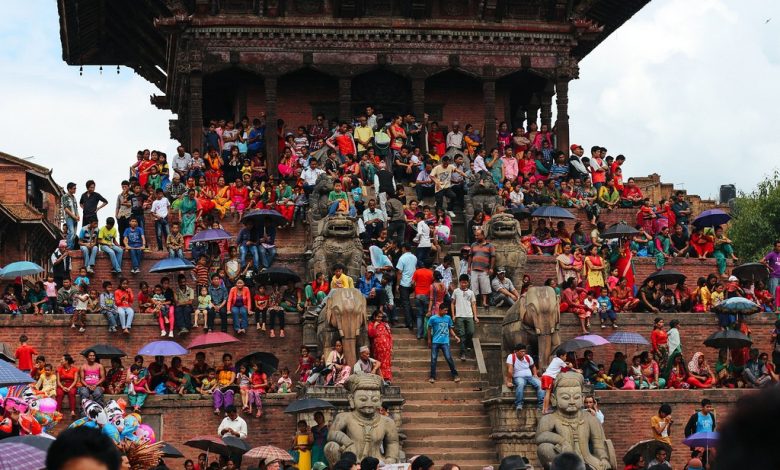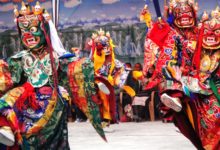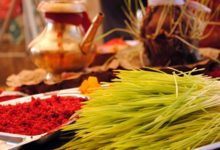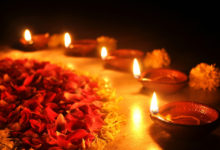Gai Jatra
Gai Jatra is a festival celebrated by the local Newar community inhabiting the inner Kathmandu, Patan, Kritipur, Bhaktapur and the peripheral regions.

The Gai Jatra festival of cows is one of the most popular festivals in Nepal. It is said people in ancient time started worshiping Yamaraj,”the god of death” on this day.
Gai Jatra is a festival of dancing, singing, mirth and laughter. The festival of cow is celebrated in the Kathmandu Valley to commemorate the death of loved ones. As part of the festival family members of the deceased of the past year send people mostly children. dressed as cows to parade on the streets.The festival usually falls in July or August.
Cow is regarded as the goddess of wealth in the Hindu religion. Sharing of sorrow and taking the comfort in knowing that their lost ones are safe is the true reason of celebrating this festival.
The day is also marked with a gay parade along with many people dressed is weird clothes. In Bhaktapur the festival lasts for eight days. The origin of this celebration goes back to the reign of the Malla rulers. It is said that the Malla Queen was in mourning for a long time after the untimely death of her son. The king in an attempt to console her asked every family that lost a loved one to come out in a procession to show the queen that she was not alone with her suffering. That is why there is much joy and joking during the procession that goes through the streets.
History of Gai Jatra
The Gai Jatra fundamentally begun in ancient ages when people used to fear ‘Yamaraj,’ the god of death and worshipped him. However, the modern tradition of celebrating Gai Jatra started since the death of a prince during the Malla Era. At that time King Pratap Malla ruled Kantipur (now Kathmandu).
King Pratap Malla wanted all his five sons to have experience in the administration of the country even during his lifetime. With this aim in view, he made them rule over the country for one year in turn. But, unfortunately, his second eldest son Chakrabartendra Malla died on the second day of his reign.
The death of the prince led the queen to serious depression. She started spending her days drowning in grief. The king could not see his beloved in such a miserable condition and made all his possible efforts to improve her condition. However, all his attempts went in vain, since no efforts could bring a little smile to her face.
Finally, after all his attempts, the king asked to organize a parade in which each family who had suffered a loss in that year participates in the parade. He ordered everyone to wear colorful and funny dresses and gave ‘freedom of speech’ where one can crack joke about anything which might not be inappropriate in ordinary days.
As the procession begun and passed across the palace, the king explained to the queen the huge mass have also experienced the same grief she is going through. This procession made the queen realize she is not the only who has lost her beloved. Though many others are mourning, and yet this hadn’t stopped them from participating in the parade, wear colorful clothes, make jokes, laugh and celebrate life.
As the journey processed, the mass made silly jokes without any hesitations. When it came to social injustice and some reputed persons in the society, the queen could not help herself out, and she burst into laughter. The king, overwhelmed with happiness, commenced the tradition of Gai Jatra celebration annually and decided to include jokes and sarcasm as a part of the festival.
Modern Day Gai Jatra
Modern day Gai Jatra added varoius flovors to the festival in consistence with traditional values, Pratap Malla had established. In the past when there was Shah’s regime, people were not allowed to speak openly about the political system and the leaders there in.
Gai Jatra was regarded as the day when people are given such liberty to talk, point and satire the system, government and the leaders. Still various comedy shows, acts and dramas are organized in different places including televisions and radios. Special edition of news papers are also published on this day with different cartoons and comedy articles.




